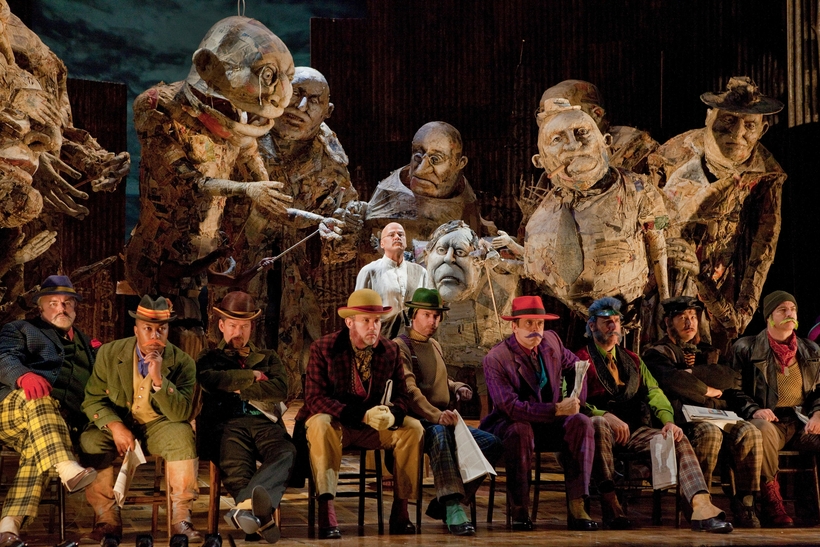During lockdown, I’ve been watching the red-tailed hawks at Cornell University. They nest in a light tower near Fernow Hall, and a live cam is focused on them 24/7. This year Big Red, the female, produced three chicks; the first hatched on April 23. I keep the tab open during the day, behind my work. It’s windy up in that tower, and the roar and whoosh—the romantic white noise of nature—is an aural antidote for a suddenly indoor existence. The wispy notes of the nestlings add vitality, as do the calls of Ithaca’s blue jays, cardinals, and crows. The male red-tail, Arthur, is rarely there because he’s so busy hunting down and delivering a seamless stream of food: squirrels, starlings, and loads of chipmunks (hot pockets, they’re eaten from head to tail). He drops his catch into the nest and flies off to get more. Big Red, however, is pure presence. Even in the dark, the chicks asleep beneath her breast, her eyes are open and appear flash-lit.
It’s mesmerizing, the life of the nest. The endless round of feeding, preening napping; the endless time to notice details of behavior, physiology, aesthetics, growth. The live-cam experience is not unlike watching a performance that uses duration to deepen the dye while coaxing concentration from the audience. Andy Warhol’s 1964 film Empire, eight hours and five minutes of the Empire State Building at night, iconic and unchanging within a single frame. Jerome Robbins’s Eastern experiment of 1972, Watermill. The glacially-paced mise en scènes of director Robert Wilson. The cellular historical operas of Philip Glass—both Akhnaten (1984) and Satyagraha (1979) are available to the public on the Met’s streaming platforms, June 19 and 20 respectively.
The live-cam experience is not unlike watching those works that use duration to deepen the dye.
Sight is one thing, and seeing is another—it requires time and simultaneously dissolves it. You can’t zip through an exhibition and think you know what you saw. As the artist Edmund de Waal, admired for his poetic porcelain vessels, said in 2012, “Almost everything to do with my pieces is about slowing down … the attempt to slow things down.”
And now we have slowed down. I’ve been wondering if, in watching the red-tails so avidly this spring, I’m not really watching humanity—so many of us sheltering at home, unable to fly, not ready to fledge. The forced slowness, this sudden durational experience of time, is something to take with us—when the doors open, as some already have in Europe—to the art museum, the opera, the theater, the ballet. Eyes open, flash-lit.
